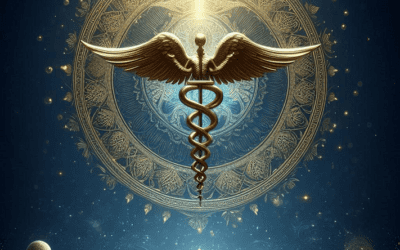“Once Upon A Time” stories are among the greatest love stories ever told; layered with history, culture, and ancient ethics, these fascinating tales have been preserved for thousands of years by oral and literary tradition. Oral tradition is defined as “a set of practices by which societies communicate their vital knowledge and culture without writing.” This clearly states that these “stories” contain information vital to our historical record; they were passed on through the millennia, mostly from mothers to children. We know them now as folklore, nursery rhymes, fables, legends, mythologies, and faerie (fairy) tales.
Faerie tales boast a variety of well-loved characters: wicked queens, beautiful damsels-in-distress, faerie godmothers, and hero-knights. Despicable villains, elusive little people, and wondrous magical happenings capture our imaginations. Characters like these are symbols based on people in ‘real life’. What they represent is as old as life itself; symbols like these are archetypes: images and behaviors common to all human experience. These timeless tales proclaim the love of a parent for a child, grandmother for granddaughter, and Prince Charming for the fair maiden. Legends record in grand style the brave deeds of hero-knights who rescued princesses and restored them to their rightful place; magical forces arising from the power of love prevailed.
Once Upon A Time tradition of fantastic beasts, heroes, and villains all play a role on the stage of history in these captivating stories. Symbols and illustrations that accompany these legends have much to offer, and when considered alongside the written volumes, they enrich our understanding of events described by literary artists. Mythological symbolism is found worldwide; these stories, as with all symbols, astatize over time and pick up layers of meaning, or change meaning altogether. Placing the myriad of characters in context is crucial to deciphering accurate information.




